Key Components of Smart Grid Technologies
Smart grid technologies encompass a wide array of components that work together to modernize traditional energy systems. One key component is advanced metering infrastructure (AMI), which enables two-way communication between utilities and consumers. AMI allows for real-time monitoring of energy consumption, facilitates remote service activation, and empowers consumers to make informed decisions about their usage.

Another essential component of smart grid technologies is distribution automation. By incorporating sensors, controls, and communication devices into the grid, distribution automation enhances the reliability and efficiency of power distribution. This technology enables utilities to identify and address outages more swiftly, minimize power losses, and optimize the utilization of grid assets.
Benefits of Implementing Smart Grid Technologies
Smart grid technologies offer a multitude of benefits for both consumers and utility providers. One of the key advantages is improved energy efficiency, as smart grids enable real-time monitoring and control of electricity consumption. This leads to reduced wastage and optimized distribution, ultimately lowering overall energy costs for consumers. Additionally, smart grids enhance the integration of renewable energy sources into the grid, facilitating a more sustainable and environmentally friendly energy ecosystem.
Furthermore, the implementation of smart grid technologies enhances grid reliability and resilience. By decentralizing power generation and enabling two-way communication between consumers and providers, smart grids are better equipped to handle outages and disturbances. This results in reduced downtime and quicker restoration of services during emergencies, ensuring a more reliable supply of electricity for end-users.
Challenges in Adopting Smart Grid Technologies
One major challenge in adopting smart grid technologies is the high initial investment required for the implementation of advanced infrastructure and systems. Utility companies and other stakeholders face significant costs for upgrading existing grid systems to incorporate smart technologies such as sensors, automation, and communication networks. This financial burden can be a barrier for widespread adoption, especially for smaller organizations with limited resources.
Another obstacle to the adoption of smart grid technologies is the complexity of integrating various components and systems into a cohesive and interoperable network. Different technologies may have been developed independently, leading to compatibility issues when trying to connect them within a smart grid framework. Ensuring seamless communication and data exchange between diverse devices and platforms can be a daunting task, requiring careful planning and coordination among different parties involved in the grid modernization process.
Role of Renewable Energy Sources in Smart Grid Technologies
Renewable energy sources play a pivotal role in the advancement of smart grid technologies. The integration of sources such as solar, wind, hydro, and geothermal power into the smart grid allows for a more sustainable and reliable energy system. By harnessing these clean energy sources, the smart grid can reduce carbon emissions, enhance grid resilience, and improve energy efficiency.
Moreover, renewable energy sources contribute to reducing dependency on traditional fossil fuels, thereby promoting energy independence and security. The variability of renewable energy generation poses challenges to grid stability and balance. However, with the capabilities of smart grid technologies, such as real-time monitoring, demand response, and predictive analytics, the integration of renewable energy sources can be optimized to ensure a stable and efficient energy supply for a greener future.
Integration of IoT in Smart Grid Technologies
The integration of Internet of Things (IoT) in smart grid technologies plays a pivotal role in enhancing the efficiency and reliability of energy distribution systems. By leveraging IoT devices such as smart meters, sensors, and actuators, utility companies are able to collect real-time data on energy consumption, grid performance, and equipment health. This data enables better monitoring, control, and optimization of the grid, leading to improved operational decision-making and reduced downtime.
Furthermore, IoT integration allows for two-way communication between utility providers and consumers, fostering a more interactive and responsive energy ecosystem. Consumers can actively monitor their energy usage, implement energy-saving practices, and even participate in demand response programs to better manage their electricity costs. On the other hand, utility companies can proactively detect and address grid disturbances, optimize energy flow, and enhance overall grid resilience through IoT-enabled automation and predictive maintenance strategies.
Impact of Energy Storage Systems on Smart Grid Technologies
Energy storage systems play a crucial role in enhancing the efficiency and reliability of smart grid technologies. They enable the integration of renewable energy sources by storing excess energy produced during periods of low demand for use when demand is high. This helps in balancing the supply and demand dynamics in the grid, reducing wastage of clean energy resources, and promoting sustainability in the energy sector.
Moreover, energy storage systems contribute to grid stability by providing backup power during outages or fluctuations in supply. This ensures uninterrupted power supply to consumers and minimizes the risk of blackouts or system failures. By storing excess energy and releasing it when needed, these systems help in optimizing grid performance and maximizing the utilization of renewable energy resources, paving the way for a more resilient and responsive energy infrastructure.
Importance of Data Analytics in Smart Grid Technologies
Data analytics plays a crucial role in enhancing the efficiency and reliability of smart grid technologies. By analyzing vast amounts of data collected from various sensors and devices within the grid, utilities can gain valuable insights into consumption patterns, grid performance, and potential issues. This data-driven approach enables utilities to make informed decisions in real-time, optimizing grid operations and improving overall energy management.
Moreover, data analytics empowers utilities to implement predictive maintenance strategies, identifying and addressing potential equipment failures before they cause disruptions. By leveraging data analytics, utilities can proactively monitor grid assets, predict maintenance needs, and schedule repairs, thus reducing downtime and minimizing operational costs. Additionally, data analytics enables utilities to identify opportunities for demand response programs, peak load management, and energy conservation initiatives, fostering a more sustainable and resilient energy infrastructure.
Cybersecurity Concerns in Smart Grid Technologies
Cybersecurity concerns in smart grid technologies pose a significant challenge to the reliable and secure operation of modern energy systems. As smart grids become more interconnected and reliant on digital technologies, they become increasingly vulnerable to cyber attacks. Threat actors could exploit these vulnerabilities to disrupt power supply, steal sensitive data, or even cause physical damage to critical infrastructure.
One of the primary concerns in smart grid cybersecurity is the potential for unauthorized access to the grid’s control systems. Malicious actors could manipulate the operation of the grid, leading to power outages or other disruptions. Additionally, the collection of vast amounts of data through smart grid technologies raises concerns about data privacy and the potential for misuse. As smart grids continue to evolve and become more pervasive, addressing cybersecurity risks will be essential to ensuring the resilience and reliability of our energy infrastructure.
Regulatory Framework for Smart Grid Technologies
Smart grid technologies are revolutionizing the energy sector by enabling efficient use of resources and integration of renewable energy sources. However, the successful implementation of these technologies is heavily reliant on a robust regulatory framework. Regulations play a crucial role in ensuring the smooth functioning of smart grids, promoting fair competition, and safeguarding consumer interests.
Regulatory bodies are tasked with establishing standards, guidelines, and policies that govern the deployment and operation of smart grid technologies. These regulations help in fostering innovation, ensuring grid reliability, and addressing potential cybersecurity risks. By creating a conducive regulatory environment, governments can encourage investment in smart grid infrastructure and pave the way for a sustainable energy future.
• Regulatory bodies play a crucial role in establishing standards and guidelines for smart grid technologies
• Regulations help in fostering innovation and ensuring grid reliability
• A robust regulatory framework is essential for addressing cybersecurity risks associated with smart grids
• Governments can encourage investment in smart grid infrastructure by creating a conducive regulatory environment
Case Studies on Successful Implementation of Smart Grid Technologies
Smart grid technologies have shown promising results in various real-world implementations. For instance, in a case study conducted in a mid-sized city in Europe, the integration of smart grid solutions led to a significant reduction in energy consumption during peak hours. By leveraging real-time data analysis and smart meters, the utility provider optimized energy distribution, resulting in lower costs for consumers and improved grid reliability.
Another successful case study took place in a rural region in Asia, where a smart grid pilot project was launched to enhance the integration of renewable energy sources into the grid. The implementation of advanced energy storage systems and smart inverters enabled seamless integration of solar and wind power, reducing dependency on traditional fossil fuels. This initiative not only promoted sustainability but also improved energy access and affordability for the local communities.
Future Trends in Smart Grid Technologies
The future of smart grid technologies is poised for significant advancements in the coming years. One key trend that is expected to gain momentum is the integration of artificial intelligence (AI) and machine learning algorithms into smart grid systems. These technologies will enable more efficient and automated decision-making processes, optimizing energy distribution and consumption patterns in real-time.
Another important trend on the horizon is the increasing connectivity and interoperability of devices within smart grid networks. The Internet of Things (IoT) will play a crucial role in enabling seamless communication between various components of the grid, creating a more interconnected and responsive energy infrastructure. This will pave the way for enhanced monitoring, control, and management of energy resources, leading to greater reliability and resilience in the face of fluctuating demands and supply.
Global Initiatives Promoting Smart Grid Technologies
Global initiatives promoting smart grid technologies play a crucial role in driving the adoption and implementation of these innovative solutions worldwide. These initiatives aim to create awareness, build partnerships, and provide funding support to accelerate the transition towards more sustainable and efficient energy systems. By fostering collaboration between governments, industry stakeholders, and international organizations, these initiatives help facilitate the sharing of best practices and drive innovation in smart grid technologies.
One of the key objectives of global initiatives promoting smart grid technologies is to address the challenges faced by countries in modernizing their energy infrastructure. By promoting knowledge exchange, capacity building, and the development of common standards, these initiatives help create a conducive environment for the widespread deployment of smart grid solutions. Through cross-border cooperation and peer learning, countries can learn from each other’s experiences and work together to overcome barriers to the adoption of advanced energy technologies.
Collaboration between Utilities and Technology Providers in Advancing Smart Grid Technologies
Utilities and technology providers are increasingly recognizing the importance of collaboration in advancing smart grid technologies. By working together, these two key stakeholders can leverage their respective expertise to develop innovative solutions that enhance the efficiency and reliability of the grid. This collaboration allows utilities to tap into cutting-edge technology developments while enabling technology providers to gain a deeper understanding of the specific needs and challenges faced by utilities in the implementation of smart grid solutions.
Effective collaboration between utilities and technology providers also fosters a more seamless integration of new technologies into existing grid infrastructure. This partnership facilitates the identification of key areas where technology can be deployed to optimize grid performance and maximize the benefits of smart grid solutions. Ultimately, by joining forces, utilities and technology providers can drive the evolution of smart grid technologies to meet the demands of a rapidly changing energy landscape.
Additional Resources:
[catlist categorypage=”yes”]
[newsletter]
Table of Contents
Categories:
[categories orderby=name]
Latest Posts:
[sbs_latest_posts]
FAQs:
What are the key components of smart grid technologies?
The key components of smart grid technologies include advanced metering infrastructure, distribution automation, demand response programs, energy storage systems, and data analytics platforms.
What are the benefits of implementing smart grid technologies?
Implementing smart grid technologies can lead to improved reliability, increased energy efficiency, better integration of renewable energy sources, reduced operational costs, and enhanced grid resilience.
What are some challenges in adopting smart grid technologies?
Some challenges in adopting smart grid technologies include high upfront costs, regulatory barriers, interoperability issues, cybersecurity concerns, and the need for skilled workforce to manage the new technologies.
What is the role of renewable energy sources in smart grid technologies?
Renewable energy sources play a crucial role in smart grid technologies by providing clean and sustainable energy, reducing dependency on fossil fuels, and enabling grid flexibility through distributed generation.
How is IoT integrated in smart grid technologies?
IoT (Internet of Things) is integrated in smart grid technologies through sensor networks, communication technologies, and real-time data analytics, allowing utilities to monitor and control grid operations more efficiently.
What is the impact of energy storage systems on smart grid technologies?
Energy storage systems play a key role in smart grid technologies by enabling grid stability, load shifting, peak shaving, and integration of intermittent renewable energy sources like solar and wind.
Why is data analytics important in smart grid technologies?
Data analytics is important in smart grid technologies because it helps utilities to optimize grid operations, predict energy demand, detect anomalies, and improve overall grid performance.
What are the cybersecurity concerns in smart grid technologies?
Cybersecurity concerns in smart grid technologies include potential threats to grid infrastructure, data breaches, hacking attempts, and privacy issues related to the collection and sharing of customer data.
What is the regulatory framework for smart grid technologies?
The regulatory framework for smart grid technologies includes policies, standards, and guidelines set by government agencies to ensure the safe and efficient deployment of advanced grid technologies.
Can you provide some case studies on successful implementation of smart grid technologies?
Yes, there are several case studies showcasing successful implementation of smart grid technologies in countries like the United States, Germany, Japan, South Korea, and Australia.
What are some future trends in smart grid technologies?
Future trends in smart grid technologies include increased adoption of renewable energy sources, deployment of blockchain technology, use of artificial intelligence for grid optimization, and development of microgrid systems.
How are global initiatives promoting smart grid technologies?
Global initiatives like the International Smart Grid Action Network (ISGAN), Smart Grid Forum, and Clean Energy Ministerial are promoting smart grid technologies through research, collaboration, and knowledge sharing among utilities and technology providers.


